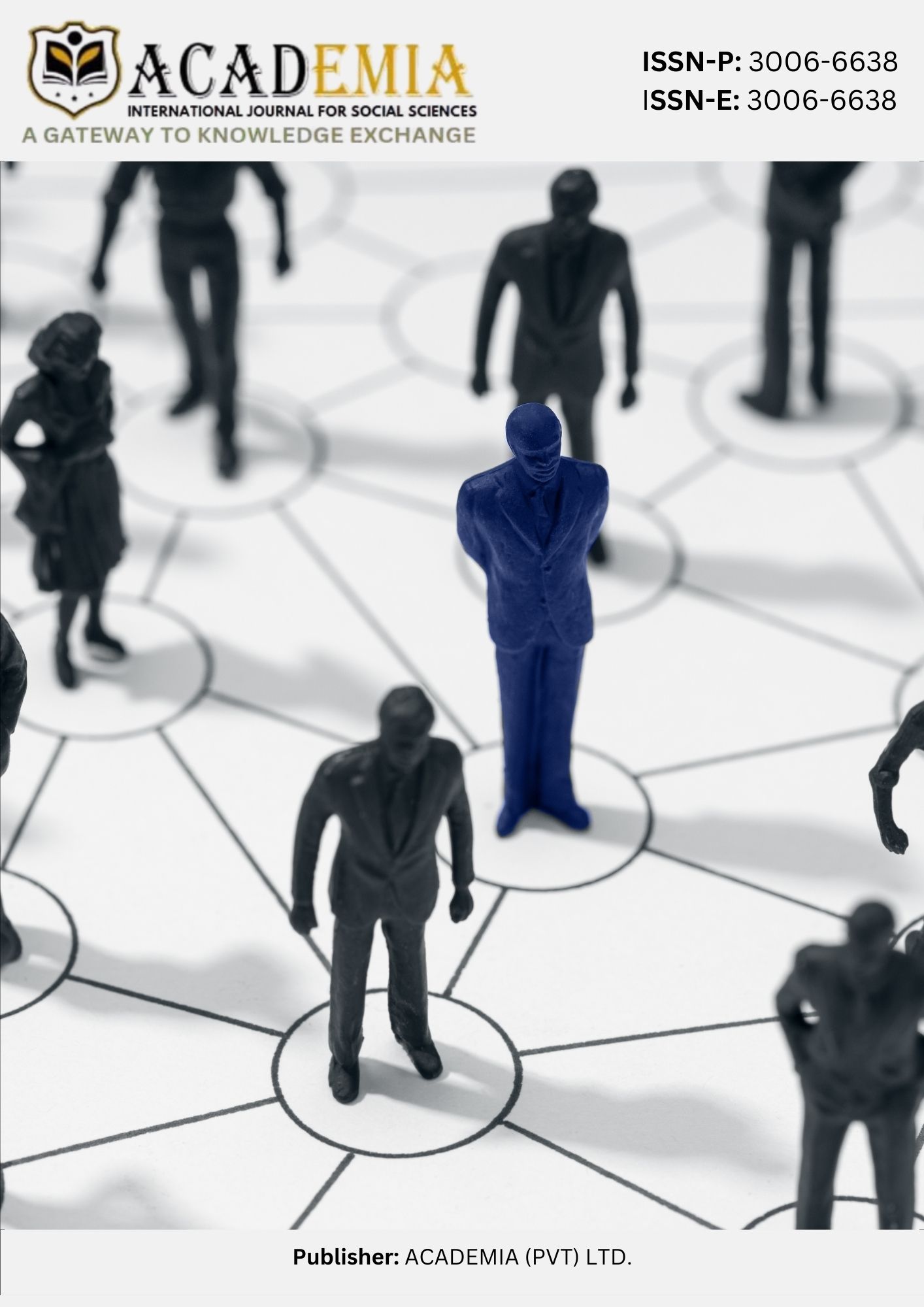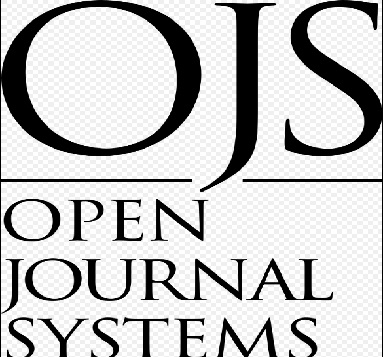Islamic Jihad: An Antithesis of Marx’s “Opium of the Masses” Theory
DOI:
https://doi.org/10.63056/ACAD.004.01.0063Keywords:
Religion, Conflict theory, Islam, Oppression, MarginalizationAbstract
Karl Marx's claim that religion serves as the opium of the people suggests that it is often used as a tool to silence the oppressed and make them bear their agonies and sufferings in the name of religion. This study critically examines Marx's assertion, arguing that rather than being an opiate of the masses, Islam challenges social injustice and works as a catalyst for positive social change.Using a qualitative research approach, this study analyzes historical evidence from the Quran, Hadith, and the Prophet's biography to demonstrate how Islam effectively confronted injustice, empowered marginalized communities, and challenged oppressive structures. Through an analytical comparison between Marxist conflict theory and Islamic justice theory, this paper highlights Islam's role in promoting societal transformation rather than being passive. The findings suggest that Islam's emphasis on justice, equality, and resistance to tyranny contradicts the notion that it merely appeases believers and instead portrays it as a force for meaningful reform.
Downloads
Published
Issue
Section
License
Copyright (c) 2025 ACADEMIA International Journal for Social Sciences

This work is licensed under a Creative Commons Attribution 4.0 International License.












